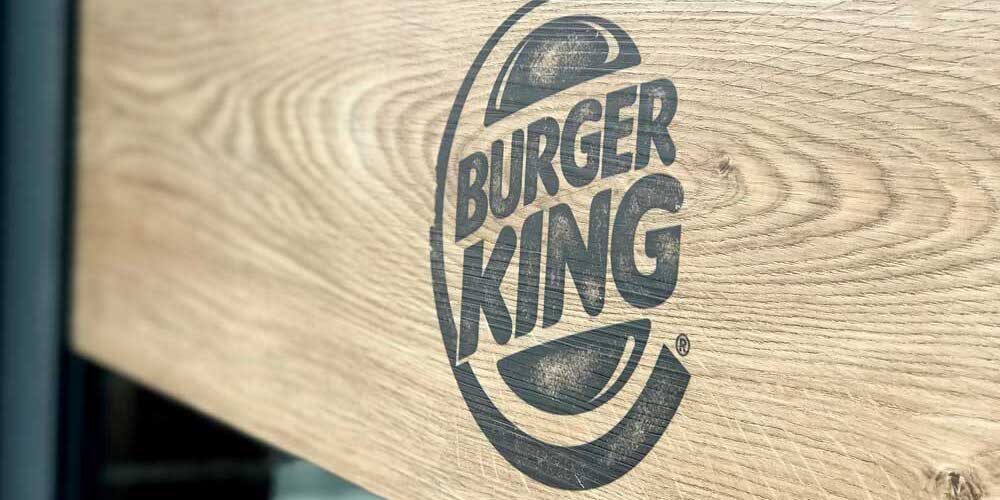A Delaware mall was in the news recently for a strange reason: an employee found a perfectly preserved Burger King from the late 1980s behind locked doors. When the store was shuttered in 2009, it was closed off, and the rest of the mall was renovated around it. Inside this space were walls accented with neon colors, wooden benches, and relics that you would expect from a 40-year-old fast-food restaurant. Pictures of this preserved artifact went viral on social media – an indication that nostalgia is a welcome salve during difficult times.
Undoubtedly, it has been a difficult first half of the year for equities, with the S&P 500 down roughly 20% for the first six months. The last time the markets saw this kind of volatility was in the Spring of 2020, when the effects of Covid were starting to be seen across the world. Whereas that decline quickly reversed – basically getting back to its “pre-Covid” levels in roughly six months, this decline is proving to be more protracted. The triple threat of inflation, recession fears, and geopolitical events is putting a damper on a market that has benefited from low interest rates and continuous stimulus for the past several years.
Drawdowns, regardless of when they occur, are painful. Nonetheless, it is always good to have some context. Going to the data, we are reminded that the S&P is trading at similar levels as it did in Spring of last year – a testament to how quickly the market grew throughout 2021. The difference in the two time periods is how they “feel” – last year’s level came in the midst of strong earnings growth (albeit from a low level), and a hope of pent-up demand driving growth coming out of the pandemic. Today, with elevated inflation numbers and recession fears, this level feels different.
Although company earnings reports are starting to be more mixed than they have been in a while, the main culprit for this year’s decline is multiple compression. Roughly, price/earnings multiple compression occurs when companies’ earnings increase, but stock prices do not move in response. Basically, it is an indication that investors think growth prospects have changed for a particular company or the market as a whole. As a rough measure, when interest rates decrease, price earnings multiples expand, and when rates are rising, these multiples decrease. It is part of the market’s forward-looking mechanism. At current levels, we are at price/earnings levels a little below average for the past 25 years.
With multiples down from their recent peaks, stocks seem more attractive than they were. And with interest rates up, bonds look more attractive than they have been in the recent past. More importantly, however, we are trying to build portfolios that weather the ups and downs and, with some patience, are better off in the long run.
That vintage Burger King reminded me of trying to find values in a volatile market. We are always looking for investments whose values are preserved – we just have to find that metaphorical locked door in a Delaware mall.
If you are interested in seeing a vintage Burger King in all its glory:
Vintage Burger King Found Hidden Behind Wall in Delaware Mall
Matthew W Carper CFA
Senior Vice President
Parthenon LLC







